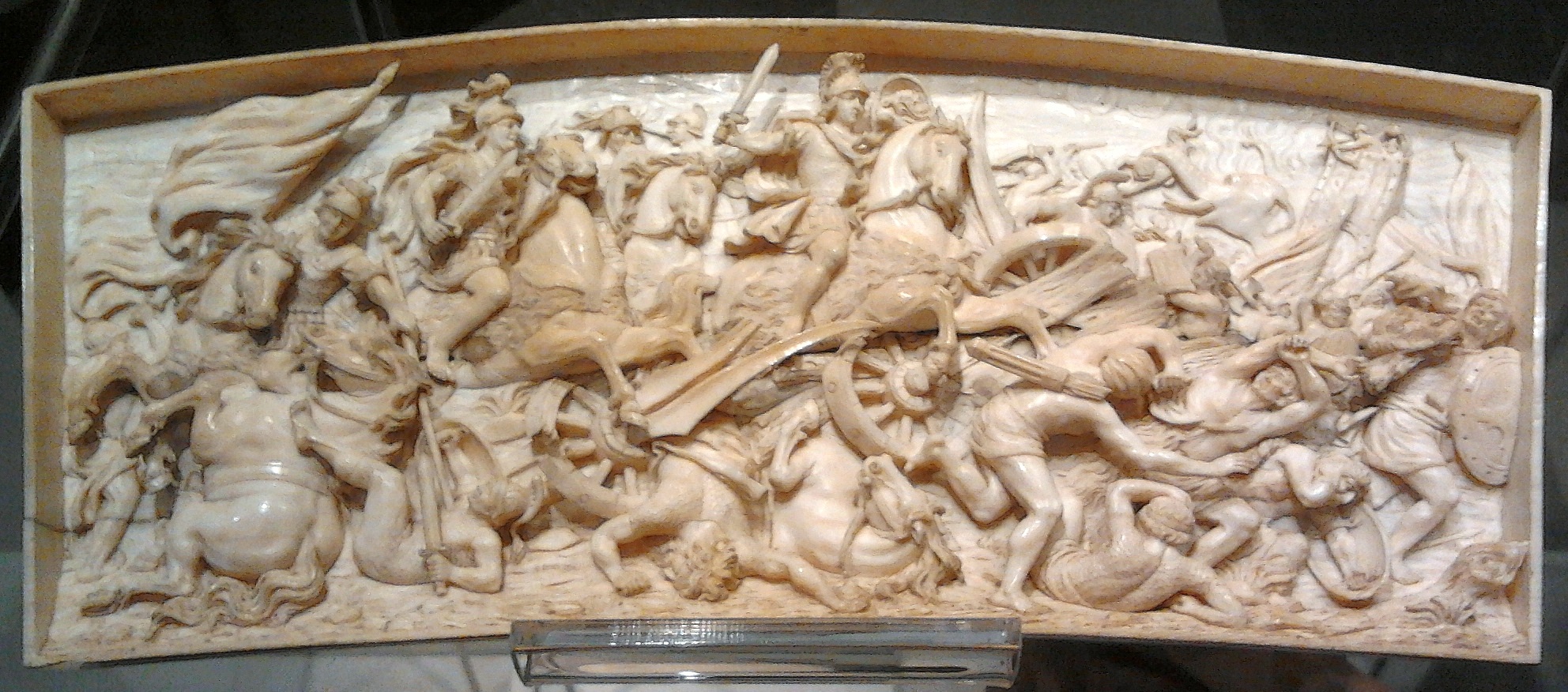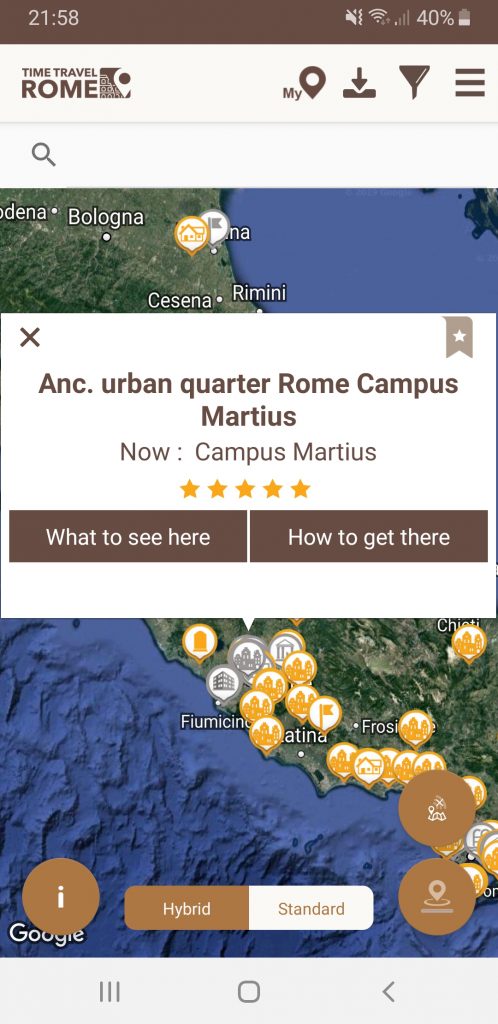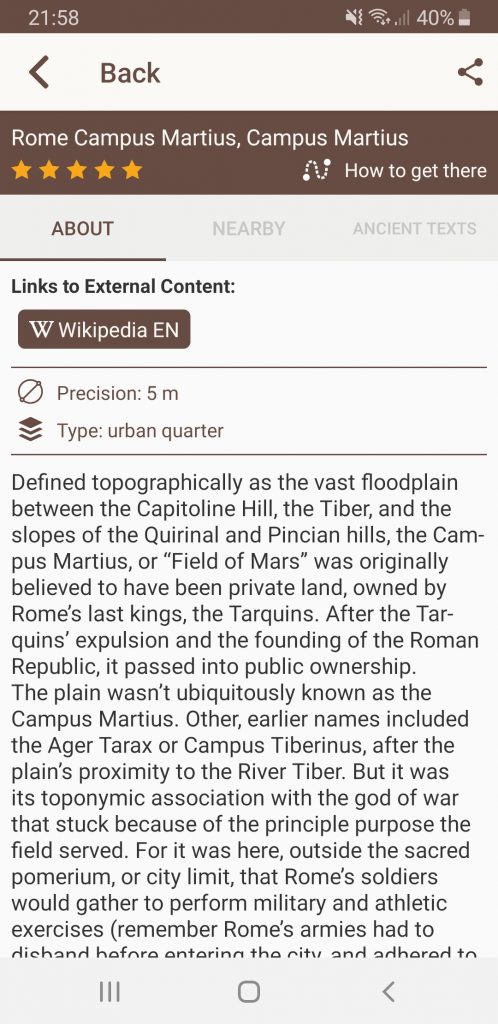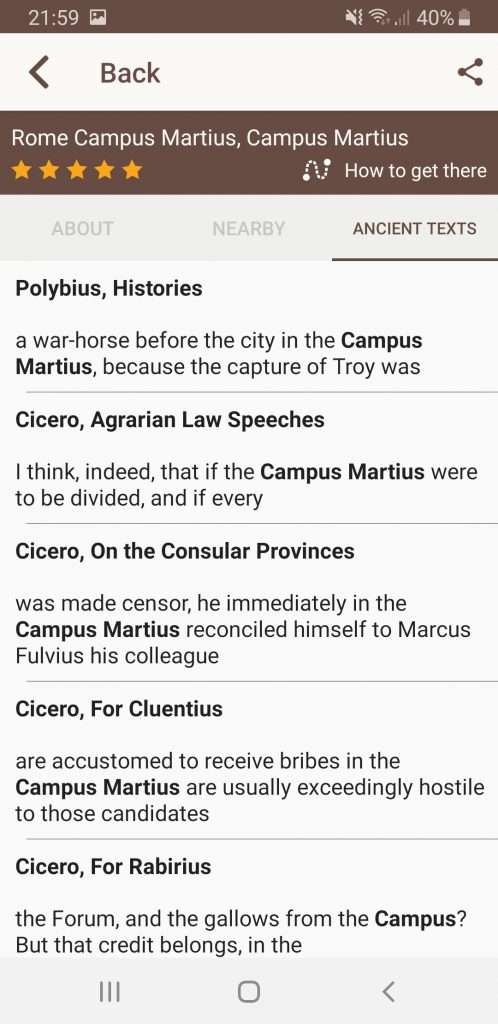“It was the confidence with which he had in this way inspired his fellow-citizens that led them to entrust to him, young as he was, a task of enormous difficulty, and a command which involved the gravest responsibilities.”
– Livy, History of Rome
A deep despair hung over the city of Rome following the death of the Scipio brothers. The Roman Senate planned an election day to choose a new commander in Spain. Yet not one Roman presented himself as a potential candidate. On the day of the election, the citizens gathered aimlessly, looking to the magistrates for guidance. They gloomily whispered among themselves. The Republic’s state of affairs was so desperate that no one dared to take the command in Spain. Just as they began to lose all hope, Publius Cornelius Scipio, son and nephew of the slain generals, stepped forward. Standing on a small rise in sight of all, he announced himself as a candidate. The citizens met him with cheers of delight, and the election on the Campus Martius was unanimously decided.
Young Scipio
Almost immediately after the decision, as soon as the enthusiastic fervor had dissolved, there was a sudden silence. The people began to question their decision. After all, Scipio was only twenty-four. Yet despite his youth, he had at least already proven his character. At only seventeen, Scipio had gone with his father to the Battle of Ticinus, the first skirmish in Italy following Hannibal’s famous crossing of the Alps. Scipio’s father put him in reserve on a small hill with a group of hand-picked cavalry. Yet in the middle of the battle, Scipio spotted his father, surrounded by the enemy and badly wounded. He tried to convince the others to join him in an attack. When they refused, he charged alone, forcing them to follow. The rush broke up the enemy, and saved the small group of encircled Romans.
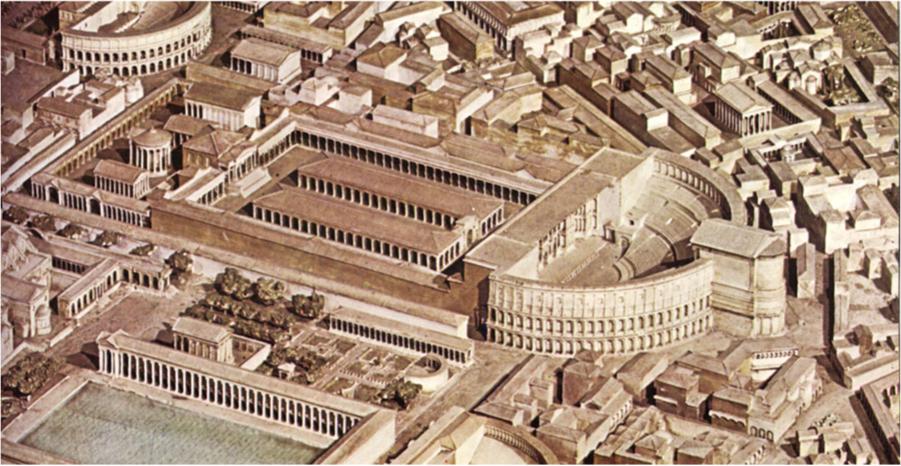
licensed under CC05
The Elder Scipio tried to present his son with the Civic Crown, a very high honor. One could only win it by directly saving the life of another Roman in battle. Young Scipio refused the honor, saying that the action of saving his father was its own reward. The act firmly proved his reputation for courage, an important trait for a Roman general. The Greek historian Polybius argues that this initial, foolhardy act of bravery was an important part of Scipio’s success. It allowed Scipio to be more prudent in later years, with no fear that any would question his courage. For his bravery at Ticinus, he received a post as a military tribune at an early age. In that capacity, he was present at the disastrous Battle of Cannae. In the aftermath, Scipio helped to keep the survivors together and to quiet murmurings of mutiny.
Election Day
Scipio’s movements following the Battle of Cannae are unknown until his bold statement on the Campus Martius. As the excitement of the election died down, Scipio saw the growing anxiety in the crowd. He was young and untested. Some muttered that his family had met with such misfortune, perhaps merely his name was a poor omen. Scipio quickly took steps to quell their worry. In a rousing speech, he inspired their confidence once again. Livy remarked specifically on this ability of Scipio’s to motivate the enthusiasm of those around him. The historian says he spoke in a bold and assured tone, but never came across as arrogant. Rather his dignity and earnest sincerity gave him a humble self-confidence that all admired.
He also seems to have possessed a wry side to his character. After rousing the people, he added that he would willingly yield the post to any of his elders. Of course, none came forward to claim it, and Scipio maintained the command. The Senate gave him 10,000 infantry and 1000 cavalry to reinforce what soldiers still remained in Spain. He set sail from the mouth of the Tibur, landing on Spanish coastline and proceeding to Tarraco. There he met with deputations from all the remaining allied Iberian tribes. They advised him of the situation in Spain, the moving allegiances of the Spanish tribes, and the abilities of Carthaginian generals that he faced. They also told him of the intelligent, astute, and dangerous commander of the Numidian cavalry in Spain. It would not be long before Scipio himself encountered Masinissa on the battlefield.
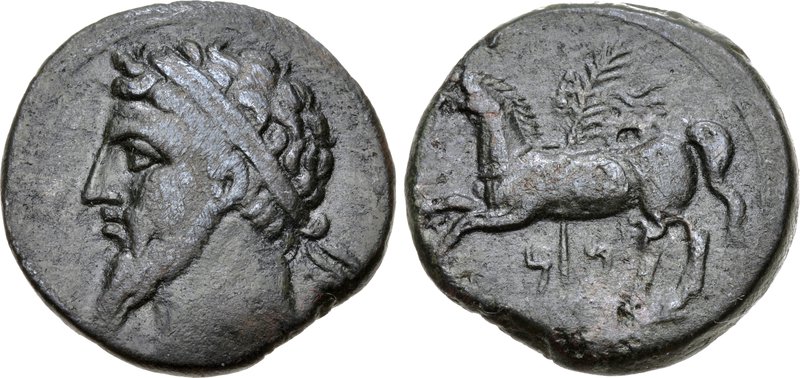
licensed under CC BY-SA 2.5
What to See Here?
The Campus Martius, or “Field of Mars,” the vast floodplain between the Capitoline Hill, the Tiber, and the slopes of the Quirinal and Pincian hills, was originally private land, owned by Rome’s last kings, the Tarquins. After the Tarquins’ expulsion and the founding of the Roman Republic, it passed into public ownership. The Campus Martius was not the only name for the plain. Other, earlier names included the Ager Tarax or Campus Tiberinus, since it lay near the River Tiber. But its name linked with the god of war stuck. It was here, outside the sacred city limit, pomerium, that Rome’s soldiers would gather for military and athletic exercises, since Rome’s armies had to disband before entering the city, at least until the days of Sulla.
From the second century, the Roman State took control and built temples, baths, porticoes, and even permanent performance areas. They employed Greek artists to adorn their buildings, and transformed Rome into the Hellenistic capital it resembles today. It was under Augustus and his lieutenant Marcus Agrippa, that the Campus Martius became truly monumentalised. Having rescued the Republic from civil war, Augustus built his altar of peace, the Ara Pacis, on the plain. Another of his buildings, the Solarium, quite literally overshadowed it. The gnomon of the structure pointed to the center of Augustus’s altar every year on his birthday.
Building on the Campus Martius continued from the Augustan Age. One of its most prolific patrons was Hadrian. He improved many of its monuments, including the Pantheon, Basilica of Neptune, and Baths of Agrippa. His own temple was also erected there—the Hadrianum—after his death in 138 AD. Further development pushed the field itself further north. With continuous inhabitation from antiquity throughout the Middle Ages and to the present, this area became smaller.
Current Sights
Now, with the actual architecture on the Campus Martius, there’s no modern sense of standing on an ancient plain. On street level, the Campus Martius is home to some of the ancient city’s biggest names. It includes the ancient temples of the Largo Argentina’s Area Sacra, those to Juturna and Lares Penetarii in particular. It’s also the home of the Pantheon, the Mausoleum of Augustus and—though it’s been moved—the Ara Pacis. Below the medieval / modern street level lie some of the ancient city’s lost giants. The Stadium of Domitian lies beneath Piazza Navona, the Theatre of Pompey beneath Piazza di Grotta Pinta, and the Odeon of Domitian beneath Palazzo Massimo.
What makes the Campus Martius rather unique in Rome that it has been inhabited constantly since antiquity. During the Renaissance, it was regarded as the centro storico (or the historical centre) of Rome. The Augustan Aqua Virgo aquaduct which ran through it supplied water to the medieval and early modern neighbourhood. Its constant urban settlement means that it has largely retained its ancient plan to the present.
To find out more: Timetravelrome.
This article was written for Time Travel Rome by Marian Vermeulen.
Sources: Livy, History of Rome; Appian, The Spanish Wars; Cassius Dio, Roman History; Joannes Zonaras, The History of Zonaras.
Header Photo: Battle of Hannibal and Scipio (Alexander’s victory over Poros) by Ignaz Elhafenis licensed under CC0
